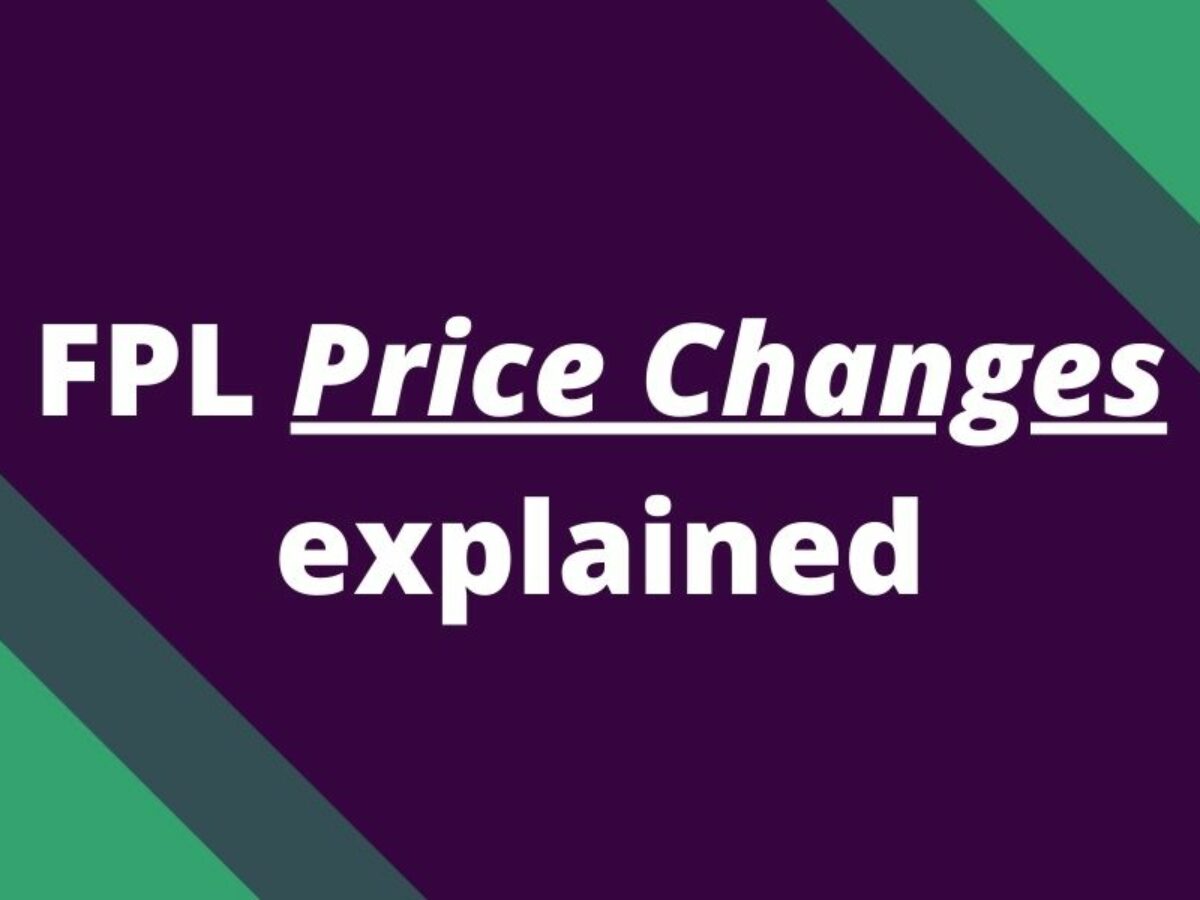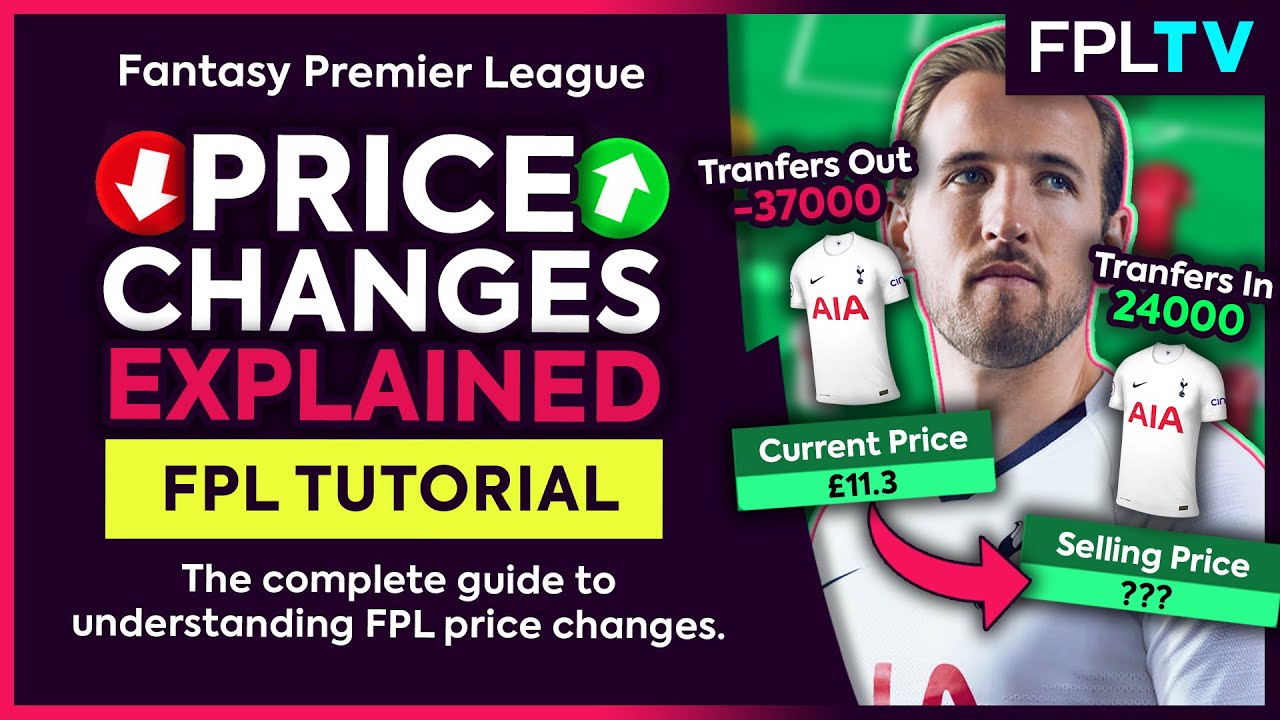The Madness That Made Me Track FPL Prices Daily
You know, for years, I played Fantasy Premier League and just accepted whatever happened to player prices. Sometimes my cheap midfielder shot up in value; sometimes my star defender lost a massive 0.3m right before I wanted to sell him. I used to just shrug it off, thinking, “Eh, the game gods decided.”

But then last season, something ridiculous happened. I needed to raise just 0.1m to afford Haaland. I had waited a whole week, planning my transfer, only to wake up Friday morning and realize one of my bench warmers had dropped by 0.2m overnight. Just like that, my whole plan was busted. I was furious. That’s when I stopped shrugging and decided I had to actually figure out this price change rubbish. I wasn’t going to let the computer steal my money anymore.
I Started Tracking Everything (and Got It Completely Wrong)
My first attempt was pathetic. I thought, logically, that price changes must be tied to player performance. If they score goals, their price goes up. Simple, right? Wrong. Absolutely wrong. I spent two weeks tracking players who scored hat-tricks only to see their price stay exactly the same. Then a dude who was injured for three weeks suddenly jumped 0.1m. I busted my brain trying to correlate goals, assists, bonus points, clean sheets—nothing stuck.
I realized I was barking up the wrong tree. It wasn’t about performance on the pitch; it was about transfers.
The Ugly Truth: It’s Just About People Buying and Selling
So, I shifted my focus. I started manually tracking transfer trends using FPL statistics websites—the unofficial ones, because the official FPL site keeps this calculation hidden like it’s the recipe for Coca-Cola. I logged the number of players transferred IN and transferred OUT every single day, right before the price change deadline (which is usually around 2:45 AM UK time, just so you know).
This is what I discovered after weeks of painful observation and massive Excel spreadsheets:

The FPL price engine doesn’t care about goals; it cares about volume. It’s pure supply and demand, but with a massive catch that screws over casual players.
Cracking the Code: The Rise and Fall Threshold
I finally managed to pin down the rough ‘magic number’ required for a price change. It’s based on Net Transfers (Transfers In minus Transfers Out), but it’s weighted by the player’s ownership percentage (Total Selected By, or TSB).
For a Player to Rise (Getting Richer)
For a player to gain 0.1m, they need a significant surge in transfers IN. This surge is usually around 100,000 to 200,000 net transfers in a short period (sometimes less for highly-owned players). I tracked what I call the “Traffic Light System” of transfer stats:
- When a player hits the green light (enough net transfers), their price locks to rise the next night.
- Once a player has locked in a rise, they can only rise 0.1m that gameweek. That’s a key rule I missed initially. They hit that ceiling and stop rising until the next match has been played.
- Crucially: When you buy a player, your purchase price is their current value. But when you sell them, you only get half of any profits they made while they were in your team. This is why maximizing team value is so damn important!
For a Player to Fall (Losing Money)
This is where FPL gets ruthless. The drop mechanism is much easier to trigger and much harder to stop. Players need heavy negative net transfers, but the thresholds are lower, meaning they drop faster than they rise.
- I saw players drop even after a decent performance if they were highly owned and people were mass-selling them to fund transfers elsewhere.
- The Nightmare Rule: Unlike rises, a player can drop multiple times in a single gameweek. If the market panic is bad enough, a player can drop 0.2m or even 0.3m between two weekends. That bench warmer who screwed up my Haaland transfer? He dropped again two days later.
My Simple Takeaway for Beginners
After all that tracking and spreadsheet misery, here’s the simple instruction I now follow, and you should too, if you want to make some serious cash on the sideline:

Don’t chase performance; chase anticipation.
If you wait until Saturday morning to buy the player who scored a brace on Friday night, you’re too late. Everyone else is doing the same, and his price will already be climbing, or he’ll lock in a rise that night. You need to look ahead.
If you think a player is going to be popular next week, buy him early—like, immediately after the current gameweek ends. Get that price gain. If you think a player is going to be sold off in huge numbers (maybe they got injured or have a tough run of games), sell him immediately before the masses do, preventing you from losing value.
It’s a nasty, zero-sum game, but knowing how that stupid calculation works means I never get caught out by surprise drops anymore. Trust me, paying attention to the transfer stats available online is the only way to maximize your team value over a full season. Stop guessing, start tracking, and stop letting the FPL algorithm steal your hard-earned value.
